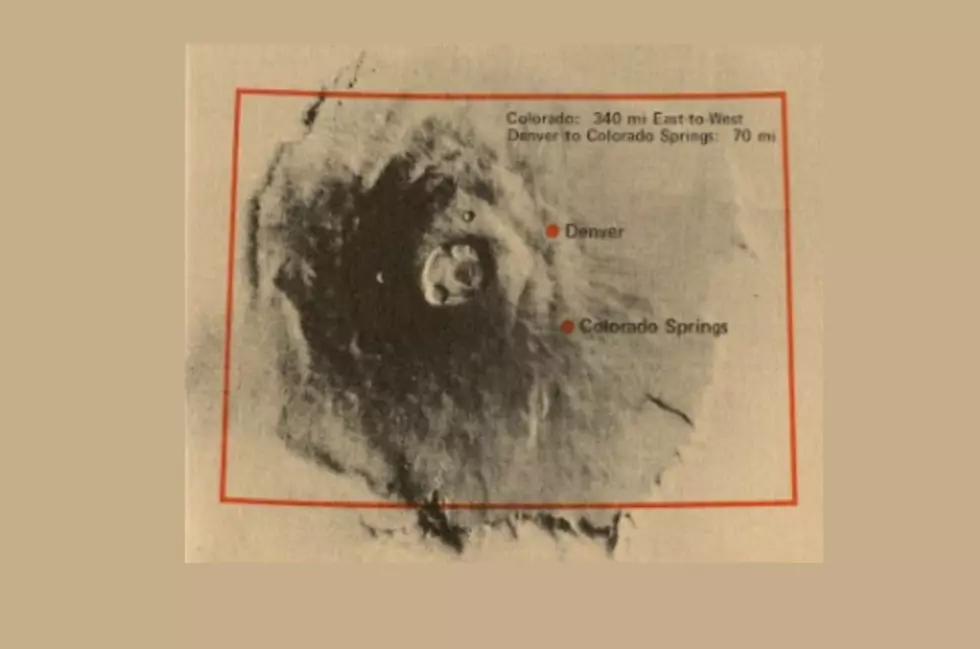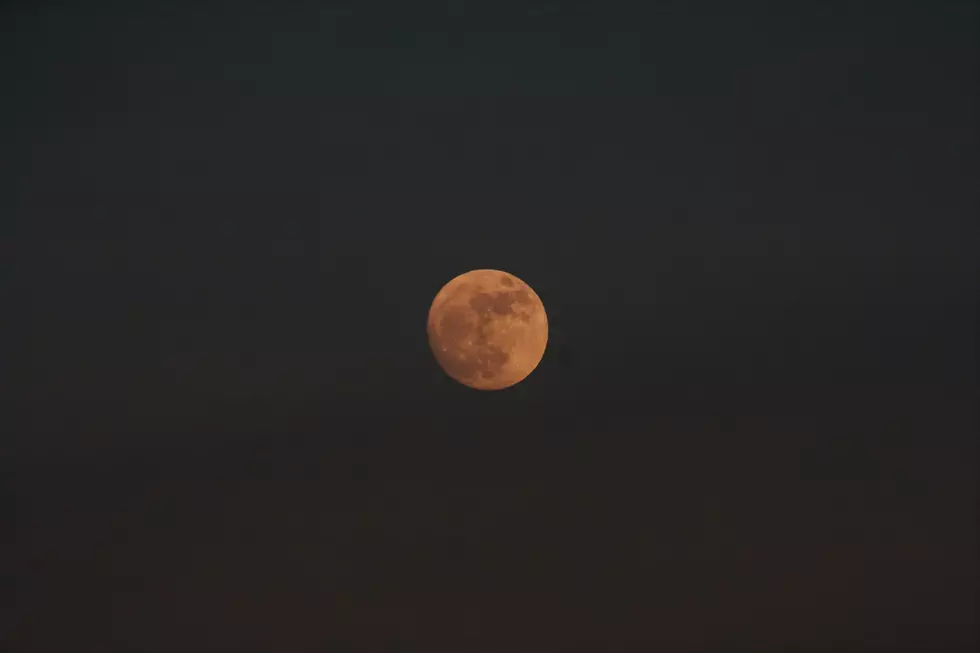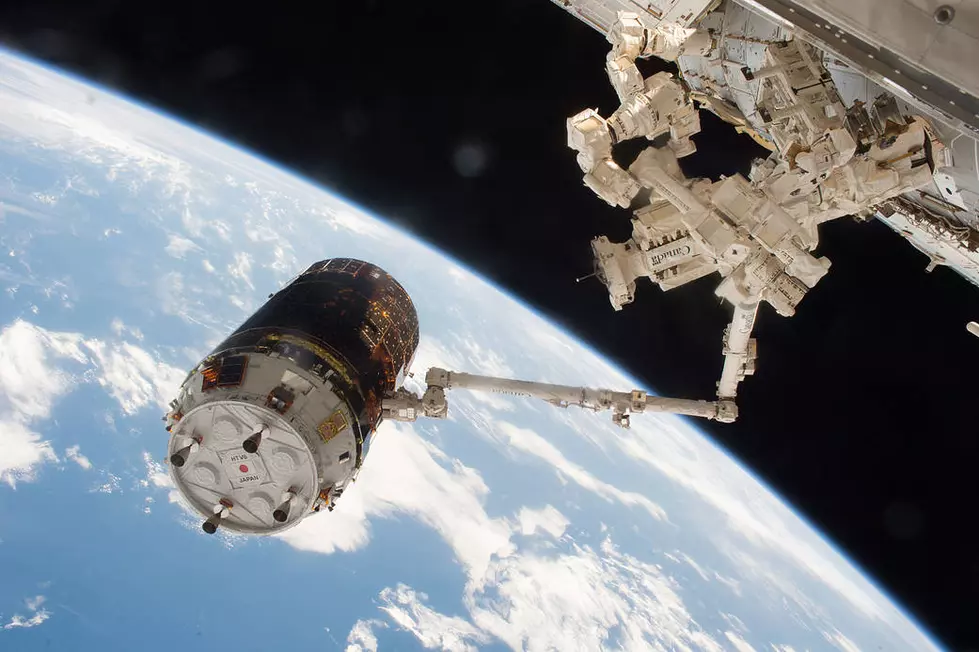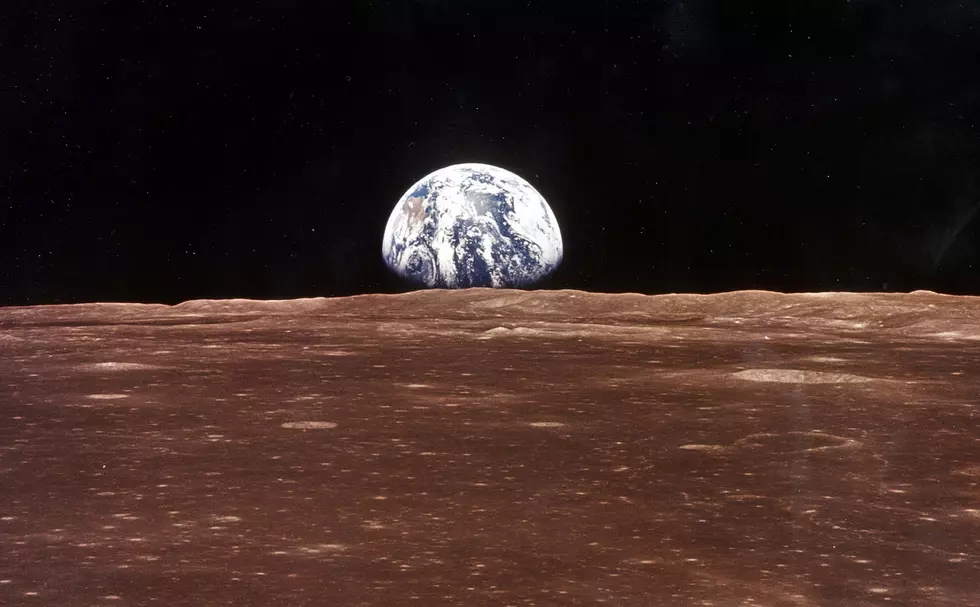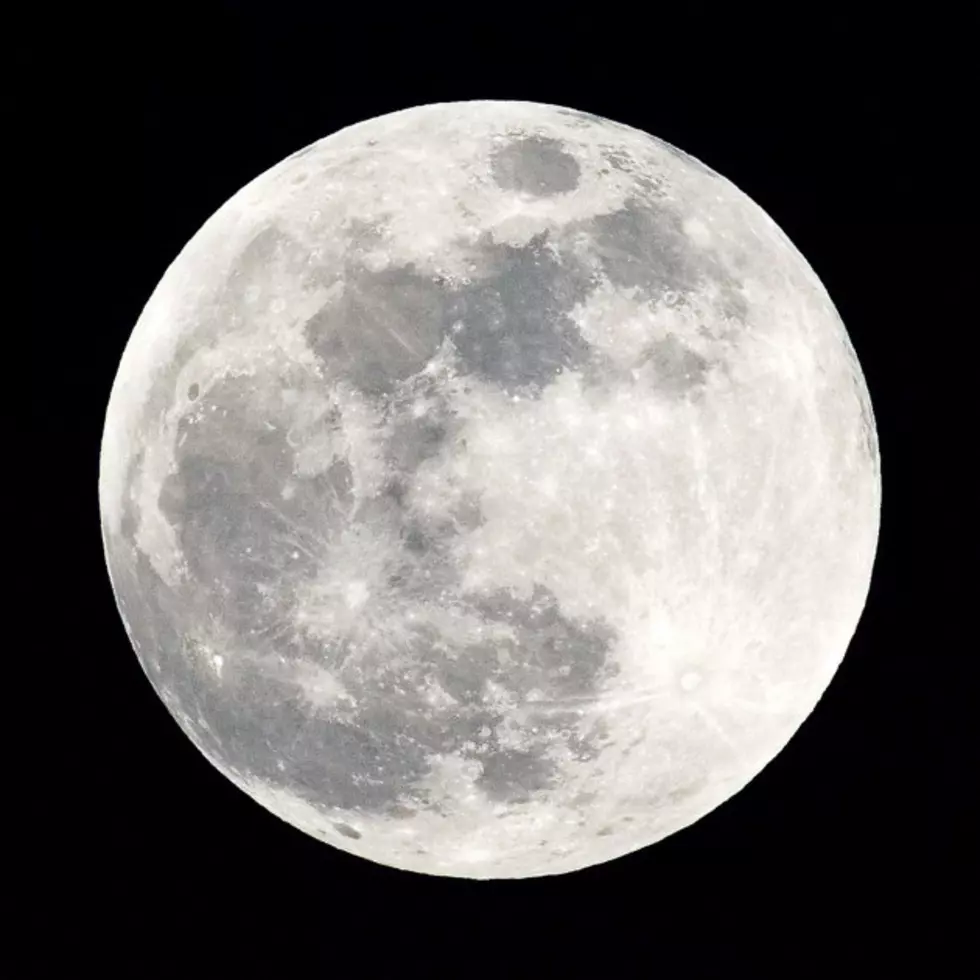
How Long Would It Take to Drive to the Moon?
Perhaps I have too much time on my hands, or maybe it's because my mind is constantly moving in 47 directions at once, but, recently I found myself wondering how long it would take to drive to the moon and beyond.
One of the benefits of living in Western Colorado is the opportunity to view a clear night time sky without any interference from the big city lights. It goes without saying, one of my favorite things to do is to stare at the moon. It fascinates me. It seems so close and yet so far away; so big, but yet so very tiny as far as celestial bodies go.
So, I started wondering if it were possible how long would it take to drive to the moon?
Imagine somehow that we are able to cut through all of the government red tape and partisan politics, and didn't have to raise taxes, and we built a highway to the moon. How long would it take to get there?
Before we answer that, consider that back in the day, it took the Apollo missions three days to get to the moon. The quickest trip to the moon was the New Horizon probe, which didn't stop on its way to Pluto, according to Space.com and reached the moon in about 8-1/2 hours.
For the sake of our discussion, we'll assume there wouldn't be any speed limits in space, so we'll drive 100 miles per hour. If we drive non-stop sans bathroom breaks, sandwich stops, and no sight-seeing, it would take us about 100 days to reach the moon. That means, if we leave now, we could be there by Halloween -- figuring the average distance to the moon is around 240,000 miles. That seems remarkable to me considering how "close" the moon looks to Earth.
So, let's consider a couple of other mind-boggling trips. Take our sun, for example. Using the same parameters as our road trip to the moon, we're driving 100-miles-per hour in our Buick LeSabre, and making sure the air conditioner is in tip-top condition, it would take 105 years to reach our destination. Are you kidding me?
How about the planet Venus, the brightest and closest planet to Earth. At a distance of about 162-million miles (depending upon when we go) it would take us about 184 years to reach Venus. (By the way, in the photo above, you can see Venus toward the right side of the sun.)
Here is one more crazy scenario. Consider our solar system, which, by all accounts is incredibly small in relation to the rest of the universe. The edge of the solar system is about 9-billion miles away. We'd probably need a few oil changes before we got there, but traveling a 100-miles-per hour in our LeSabre, it would take more than 10,000 years to reach the edge. And at that point, we would have barely scratched the surface of the distance we could travel through space.
It is incredibly mind-blowing to realize how vast the solar system is - but, yet, it's just a tiny, tiny corner of the entire universe. The other mind-blowing thing to me is why in the world am I driving a Buick LeSabre?
More From Kool 107.9
